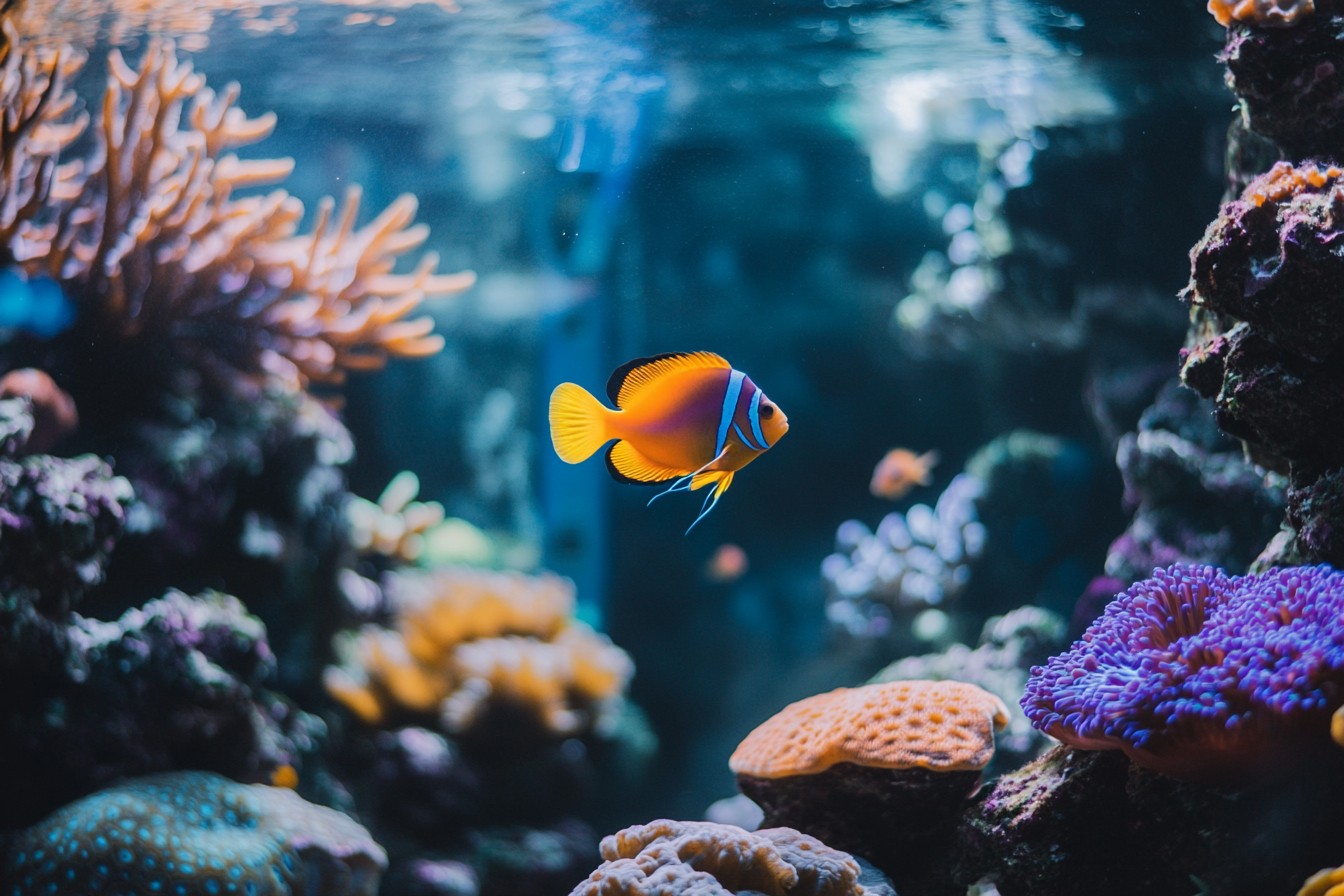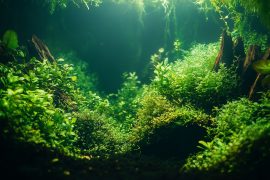The first time I killed an entire tank of fish, it wasn’t because I didn’t care. I cared too much—so much that I overwhelmed a tiny 5-gallon tank with enough fish to stock something three times its size. I still remember standing in front of that cursed rectangle, watching my prized neon tetras gasp at the surface while I frantically Googled “emergency aquarium oxygen fix” at 2 AM.
Spoiler alert: there isn’t one. By morning, I had a $60 lesson in bioload limitations and a new appreciation for the fundamental truth of this hobby: the tank itself is your most critical decision. People sometimes laugh when I tell them I spend more time choosing an aquarium than I did choosing my car.
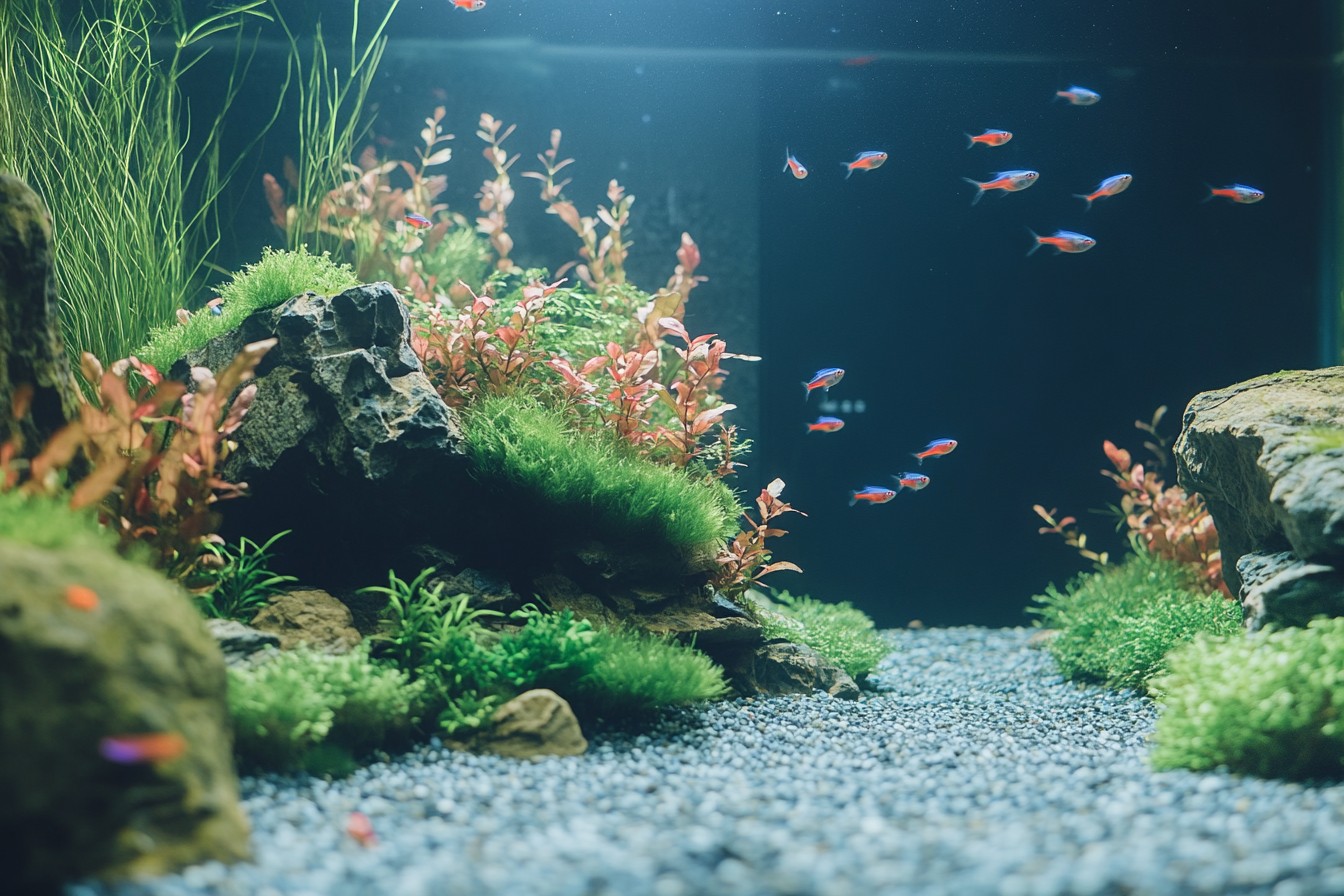
But honestly? My car just needs to get me from point A to point B without breaking down. My aquariums need to maintain a delicate balance of life for years, match my aesthetic vision, fit my available space, and work with my maintenance schedule.
And unlike my car—which stays roughly the same size throughout its life—what I put inside that glass box will grow, reproduce, and constantly change the system’s dynamics. So, let’s talk about this properly. Not the “oh just buy what looks pretty” advice you’ll get from the teenager working at the chain pet store, but actual considerations that might save you from making the expensive mistakes I’ve made over the years.
I’ve learned each of these lessons the hard way, usually with a mop in one hand and a water testing kit in the other. First off, size actually does matter, and bigger is usually more forgiving. When I started my consultation business, at least half my emergency calls came from well-intentioned beginners with tanks under 10 gallons.
These tiny volumes leave zero room for error. One missed water change, one overfeeding, one slightly-too-large fish, and you’re looking at an ammonia spike that’ll wipe out everything overnight. I had this client, Sarah—brilliant neurosurgeon, couldn’t keep a betta alive in a 3-gallon for more than three weeks.
We moved her to a 20-gallon, kept everything else the same, and suddenly she’s got the healthiest fish in her practice. My personal rule? Nothing under 20 gallons for beginners.
Even if the fish technically “fits,” tiny tanks are for experts, not novices. I’ve got a 5-gallon on my desk right now that’s been running for years, but I also check parameters twice weekly and do water changes like clockwork. Most people don’t have that kind of time or dedication right out of the gate.
Now, shapes. This is where things get interesting, and where those glossy aquascaping magazines sometimes lead people astray. Those sleek, ultra-shallow, wide tanks you see winning international competitions?
Absolute nightmares for beginners. Tried one once for a client who insisted—six months later, we replaced it with a standard rectangle. Why?
Surface area to volume ratio. Those shallow tanks have massive surface area but limited water volume, which means temperature swings like crazy, CO2 management becomes a high-wire act, and water parameters bounce around like a kid on a sugar high. For most people, the humble standard rectangle is still king.
Boring? Maybe. But there’s a reason they’ve been the default for decades.
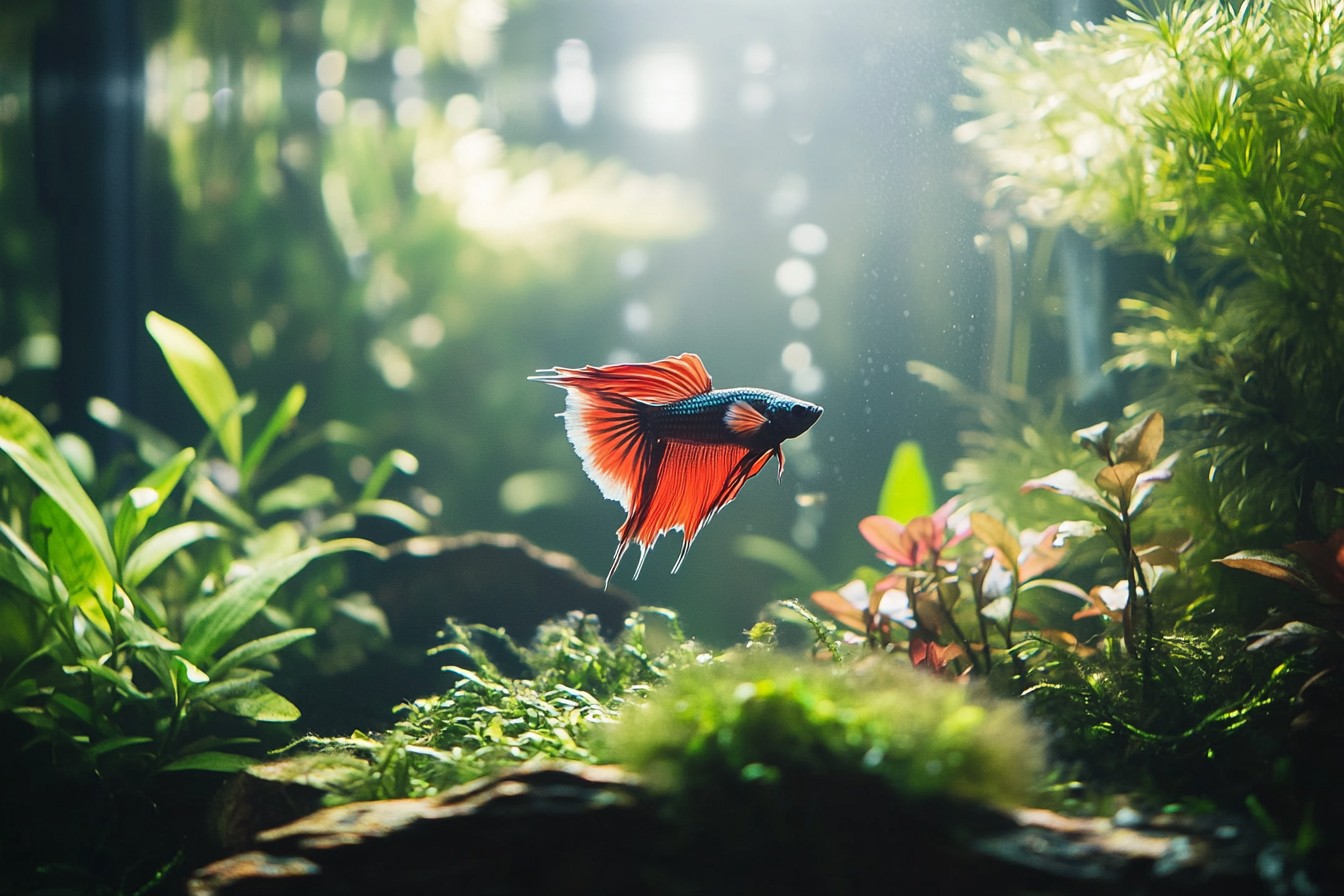
They provide decent surface area for gas exchange, sufficient height for aquascaping and swimming space, and they’re easier to light evenly. Plus—and this matters more than aquascaping influencers admit—they’re way cheaper. You can get a standard 40-gallon for what you’d pay for a designer 20-gallon ultra-clear low-iron rimless tank.
That said, there are legitimate reasons to consider non-standard shapes. Tall, column-style tanks can work in tight corners and showcase certain fish (like angels) beautifully. I set one up in my bedroom years ago—looked fantastic with a single piece of spiderwood and some tall vallisneria.
But cleaning it? Absolute nightmare. My arm wouldn’t reach the bottom, so every water change involved this ridiculous balancing act with a stepstool that nearly ended with me fully dressed in the tank more than once.
Cube tanks offer interesting aquascaping possibilities—they allow for more three-dimensional hardscapes than standard rectangles. The 45-gallon cube in my living room houses what I consider my best aquascape: a central island with moss-covered branches that extend from substrate to water surface. Couldn’t achieve that effect in a standard tank.
But cubes have their issues too: poorer surface area to volume ratio than rectangles, and they can be harder to light properly all the way to the substrate. Then there’s the bookshelf tanks—long, short, and shallow. Great for desks and, well, bookshelves.
Terrible for most fish, amazing for shrimp and micro-habitats. I set one up for my office with just chili rasboras and cherry shrimp—one of my favorite tanks ever. But put a standard community in there?
Recipe for disaster. Let’s talk materials, because this is where many beginners go wrong (myself included, back in the day). There are essentially three options in today’s market: glass, acrylic, and the newer low-iron “starphire” type glass.
Each has its place, and each has made me swear loudly at some point in my career. Regular glass is the Toyota Corolla of aquarium materials—reliable, cost-effective, and gets the job done. It’s scratch-resistant, doesn’t yellow over time, and maintains its clarity.
The downside? It’s heavy as sin (I still have back pain from moving my 75-gallon up three flights of stairs in college), has that greenish tint on the edges, and can’t be molded into fancy shapes. Also, seams are visible, which bothers some people but honestly, after a month you won’t notice them anymore.
Acrylic had its heyday in the early 2000s, and while it’s fallen somewhat out of fashion, it still has advantages. It’s lighter than glass (my acrylic 40-gallon can be moved with one person; the glass equivalent requires two people and a lot of complaining). It provides better insulation, which matters in cold rooms or for tropical setups.
The downside? Scratches. Dear god, the scratches.
I once watched in horror as a client cleaned her new, expensive acrylic tank with a paper towel and left swirl marks that were visible from across the room. Twenty years in this hobby and I still occasionally scratch my acrylic tanks. You will too, no matter how careful you are.
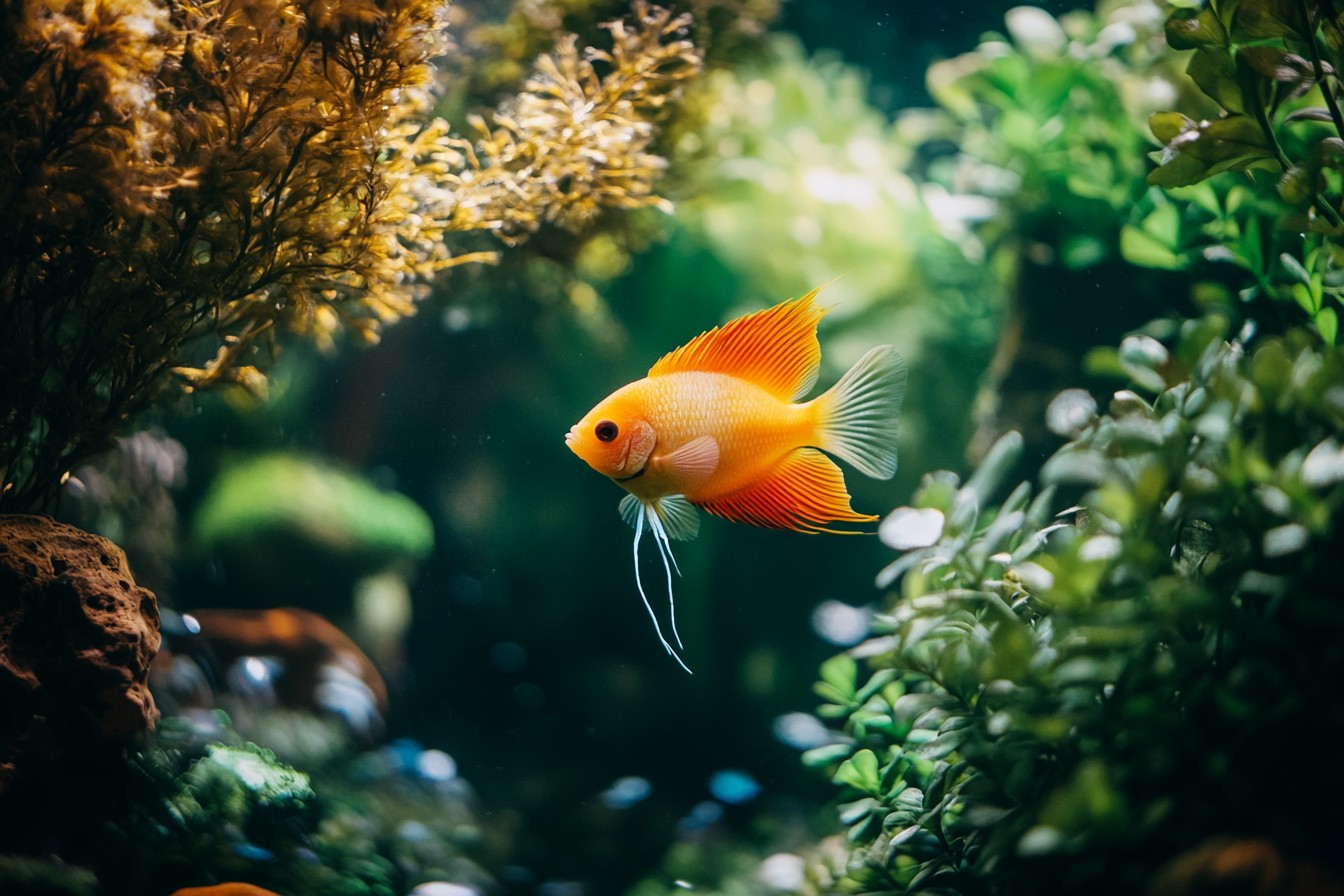
Accept this truth. The fancy new(ish) option is low-iron glass, sometimes called starphire, ultra-clear, or high-transparency glass. It removes that greenish tint you see in standard glass, making the tank almost invisible.
When I set up my first low-iron rimless tank, I literally walked into it twice the first day because I didn’t see it. The clarity is remarkable, especially for photography and in tanks where the hardscape is the main attraction. The drawbacks?
Cost (usually 2-3 times more than standard glass) and availability in larger sizes. Also, the same weight issues as standard glass apply. What about rimless vs.
rimmed? This debate gets religious in some aquascaping circles. Rimless tanks look cleaner, more modern, and more “high-end.” My gallery displays are all rimless because they photograph better for clients.
But I’ll tell you a secret—half the tanks in my actual home are rimmed, because they’re more durable, cheaper, and the rim provides a convenient place to attach equipment like hang-on-back filters and clip-on lights. Plus, they’re safer if you have cats. My Maine Coon learned this lesson for me the hard way when he went for a surprise swim in my rimless tank.
Both cat and tank survived, but only one of them seemed amused by the experience. Let’s not forget about thickness. Glass thickness matters enormously for safety, but it’s one of those specs that new hobbyists often overlook.
A client once called me in a panic as water slowly leaked from the bottom seam of his “great deal” 55-gallon. Turned out the glass was too thin for the tank’s height, causing the bottom to flex slightly until the silicone seal gave way. Nothing like 50 gallons of water on hardwood floors to teach you about proper glass thickness requirements.
I’m often asked whether certain tanks are better for specific types of aquascapes. There’s some truth here. Dutch-style planted tanks, with their rows of different plant species, often work better in standard rectangles where you can create depth through plant placement.
Nature-style Iwagumi layouts, with their emphasis on open space and carefully placed rocks, can look stunning in shallower, wider tanks. My own preference for blackwater biotopes (dark water, lots of leaves and wood, minimal plants) works in almost any shape, which is convenient since I seem to collect tanks like some people collect shoes. One final consideration that trips up even experienced hobbyists: think about how the tank fits your actual lifestyle.
The most beautiful aquascape in the world becomes a chore if it requires maintenance you can’t realistically provide. My busiest years of consulting saw me traveling at least two weekends a month. During that period, I simplified my home tanks dramatically—fewer plants, hardier fish, automated feeding and water top-off systems.
Meanwhile, I watch clients impulse-buy high-tech, maintenance-intensive tanks and then slowly grow to resent them as they consume precious weekend hours. In the end, your perfect tank isn’t about what wins competitions or gets the most likes on social media. It’s about what works for your space, your goals, your maintenance capacity, and yes, your budget.
My personal collection spans everything from a standard 75-gallon that houses my oldest fish (a 14-year-old bristlenose pleco named Mustache) to a rimless low-iron 60P that showcases rare mosses and shrimp. Each serves its purpose, and each reminds me daily that in this hobby, the container shapes everything that happens inside it. So before you fill it with water, before you choose fish or plants or fancy substrate, before you even decide on a filter—choose your tank wisely.
Your future self (and your future fish) will thank you.
